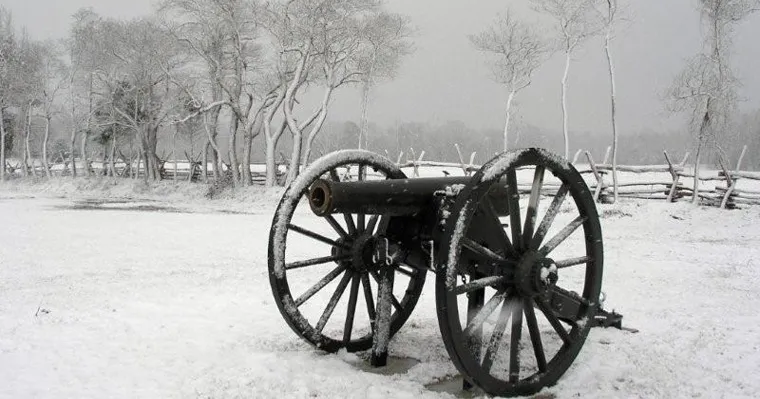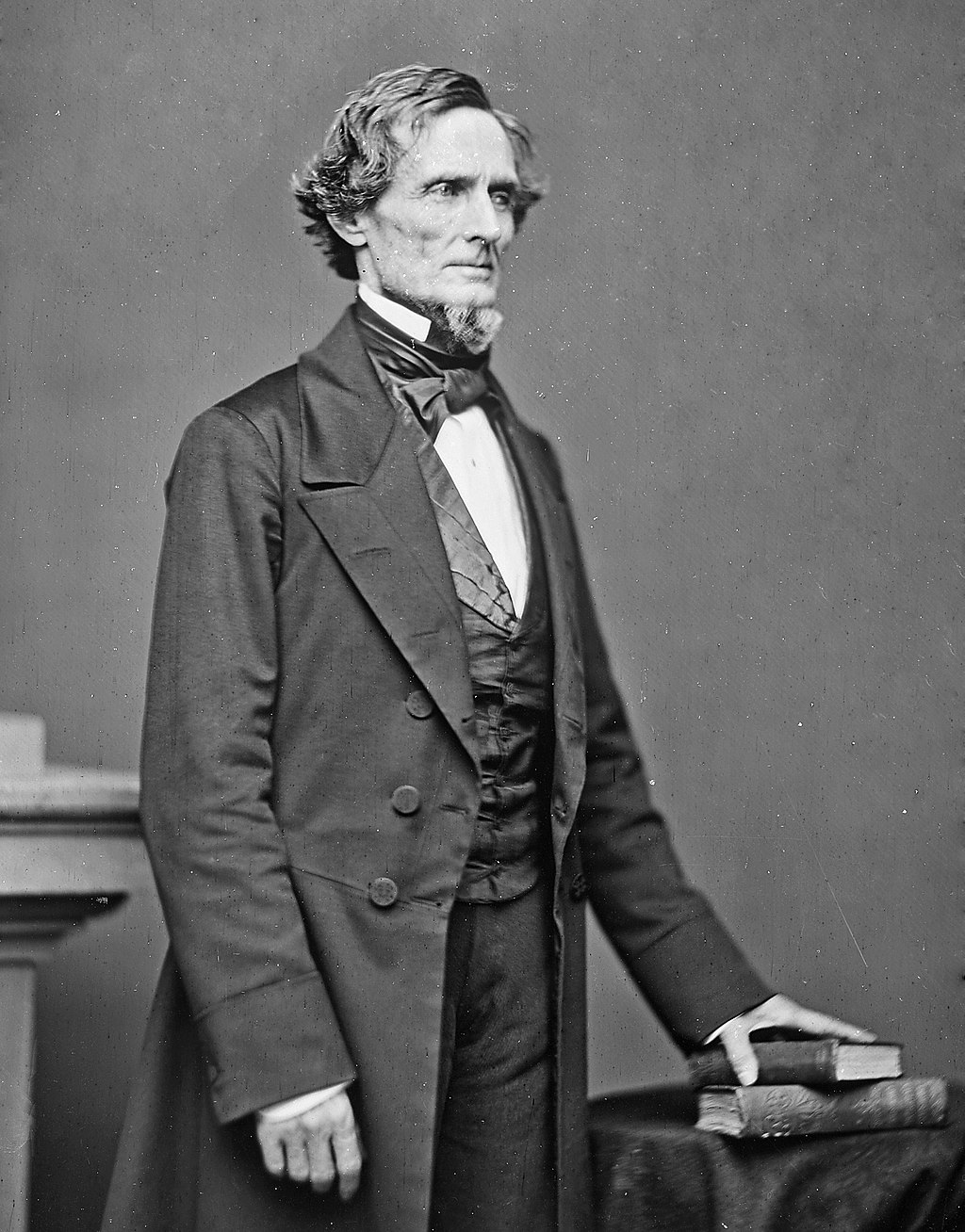5fish
Well-Known Member
- Joined
- Jul 28, 2019
- Messages
- 14,788
- Reaction score
- 5,466
I found this article about Forrest escaping the clutches of the Union Army in Dec. 1862. This river crossing was a big moment for Carroll county in the Civil War.
General Forrest and his brigade reached the South Fork bottom about 11 o'clock on the
night of the 28th of December. They quickly began to cut timbers to brace up the
bridges and lay as tracks for the wagons and artillery. After this was done and the
slow painful crossing started, General Forrest drove the first wagon across to
inspire his men not to give up. The General made it across, but the next two teams
slipped into the icy backwaters. Soon, these were pulled out, and the rest were
helped across by hand, twenty men to each wagon. In some cases, the wagons were so
heavily loaded that the men threw flour and coffee in the mud holes to get them
through. Finally, the artillery was drawn across fifty men to each gun and caisson.
The men were becoming very weary and demoralized by this time from such a hardship.
It is hard to imagine men wading in waist-deep freezing water, pushing wagons across a
swamp at night in such conditions. This type of crossing would have been very
difficult in daylight in the summertime.
General Forrest and his brigade reached the South Fork bottom about 11 o'clock on the
night of the 28th of December. They quickly began to cut timbers to brace up the
bridges and lay as tracks for the wagons and artillery. After this was done and the
slow painful crossing started, General Forrest drove the first wagon across to
inspire his men not to give up. The General made it across, but the next two teams
slipped into the icy backwaters. Soon, these were pulled out, and the rest were
helped across by hand, twenty men to each wagon. In some cases, the wagons were so
heavily loaded that the men threw flour and coffee in the mud holes to get them
through. Finally, the artillery was drawn across fifty men to each gun and caisson.
The men were becoming very weary and demoralized by this time from such a hardship.
It is hard to imagine men wading in waist-deep freezing water, pushing wagons across a
swamp at night in such conditions. This type of crossing would have been very
difficult in daylight in the summertime.









